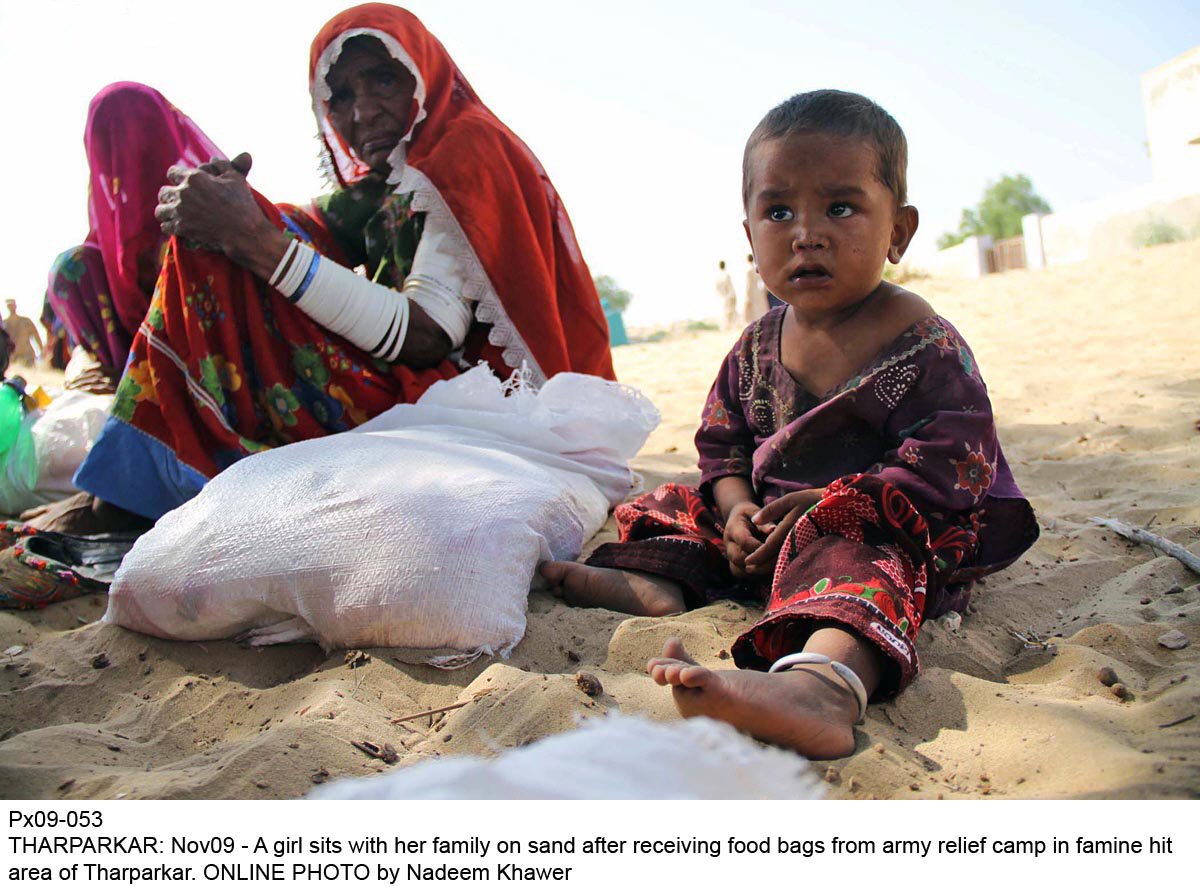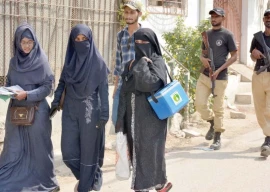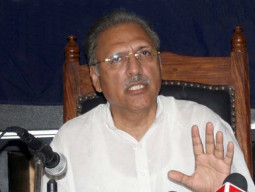
Dr Mustafa was of the belief that if the government wanted to transform Thar into the Arizona jungle, it could certainly happen. "But there is a price to pay for this kind of development that the vulnerable of the society must pay - the people of Tharparkar are paying that price." Mustafa was speaking at a seminar, titled 'Thar drought - an assessment of affecting factors and mitigating measures', organised by the Hisaar Foundation, in collaboration with Action Aid Pakistan, on Saturday.

According to Mustafa, the lifestyle of Karachi was being forced upon Thar, which is why rapid cultural and traditional changes were being observed in the desert. "Constructing huge road networks will not take Thar towards prosperity. We need to address their issues indigenously."
Nadeem Ahmad Shah, a member of the Social Policy Development Centre describing the challenges in the development process of Thar, said that it had become a challenge to cater to the needs of a village which was as far as 200 kilometres away from Mithi.
Speaking about the climatic challenges, Shah said that the pattern of rainfall has seen a marked change in the region. "The average rainfall has increased in the last 20 years," he said. "But the increase happens to be useless for Thar, as rainfall before August 15 is beneficial for Tharparkar and since the last few years, rains are being observed after August 15." According to Shah, the residents of Thar as well as the government officials have failed to grasp the implications of these climatic changes.
Shah also shared some of the plights of the women of Thar. "The men get to eat first, then the children and if some food is left, the women feed themselves." The women spend nine hours on average each day to fetch clean water from water embankments located at a fair distance from their homes. "Due to these factors, when a pregnant woman goes to the hospital for delivery, her hemoglobin levels are between four and six, when they should be 12," he said. "This results in the delivery of a baby that's weighs not more than 1,300 grams."
Hisaar Foundation CEO Dr Sono Khangharani was of the opinion that with the construction of road networks and increasing communication links, the population pressure of the region has increased. "Due to the increase in population, the diet, economy and culture is also evolving rapidly," he said.
Accoding to Dr Khangharani, during the drought, the population explosion is one of the reasons why over 80 per cent of Thar's residents are forced to procure edible products on loan. "If they do not get the loan, they reduce their food consumption, prefer migration or work on carpet looms, brick kilns and in oil factories often leading to bonded labour."
Recommendations
In order to minimise the impact of the drought, Dr Khangharani suggested that August 15 should be marked as the deadline to declare the drought. "Droughts are being declared in the month of January or February," he said. "However, if it doesn't rain till August 15, the region is already under the spell of drought."
Published in The Express Tribune, January 12th, 2015.

















COMMENTS
Comments are moderated and generally will be posted if they are on-topic and not abusive.
For more information, please see our Comments FAQ